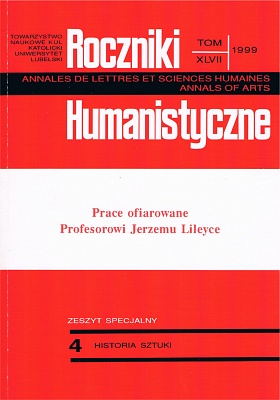How Did a Monk Become an Angel
Abstract
In the monastic circles of Byzantium desert asceticism is regarded as one of the finest ways to God. The monk, undergoing numerous limitations and sophisticated practices, cleanses his body and strengthens the spiritual element. That state of perfection and ideal harmony is expressed by the names given to the masters of monastic asceticism. They were called living icons and they were compared to angels. Hagiographic literature and art also give voice to that.
The paper sought to trace all the literary enunciations concerning this topic, confront them with the painted representations of the monastic saints. The analysis clearly shows that in many cases there is a close relationship between the literary texts, most often poetic, and the painted representations. Inspirations flow in two directions. Both poems and paintings seek to grasp the most essential traits of the monk-ascetic. Art establishes a specific iconographic canon of the monastic saint, carrying out a kind of dematerialization of his person. A group of a few formal features will serve, in a laconic yet forcible manner, to express that refined way to God. This is shown, among other things, by representing the monk with angel's wings.
IN the end there is one of the most extended example, the case of the Cypriot saint Neofitos Rekluz. We learn about his way of perfection from a first-class source - his autobiography. His case is the more valuable for the saint does not only present himself as a perfect monk, but is also an author of the programme of the painting decoration for the monastery whose abbot he was. The paintings show him as a saint while he was still alive. His example can be treated as a close of the long-term process through which the ideal of a monk-ascetic took shape.
Copyright (c) 1999 Roczniki Humanistyczne

This work is licensed under a Creative Commons Attribution-NonCommercial-NoDerivatives 4.0 International License.





